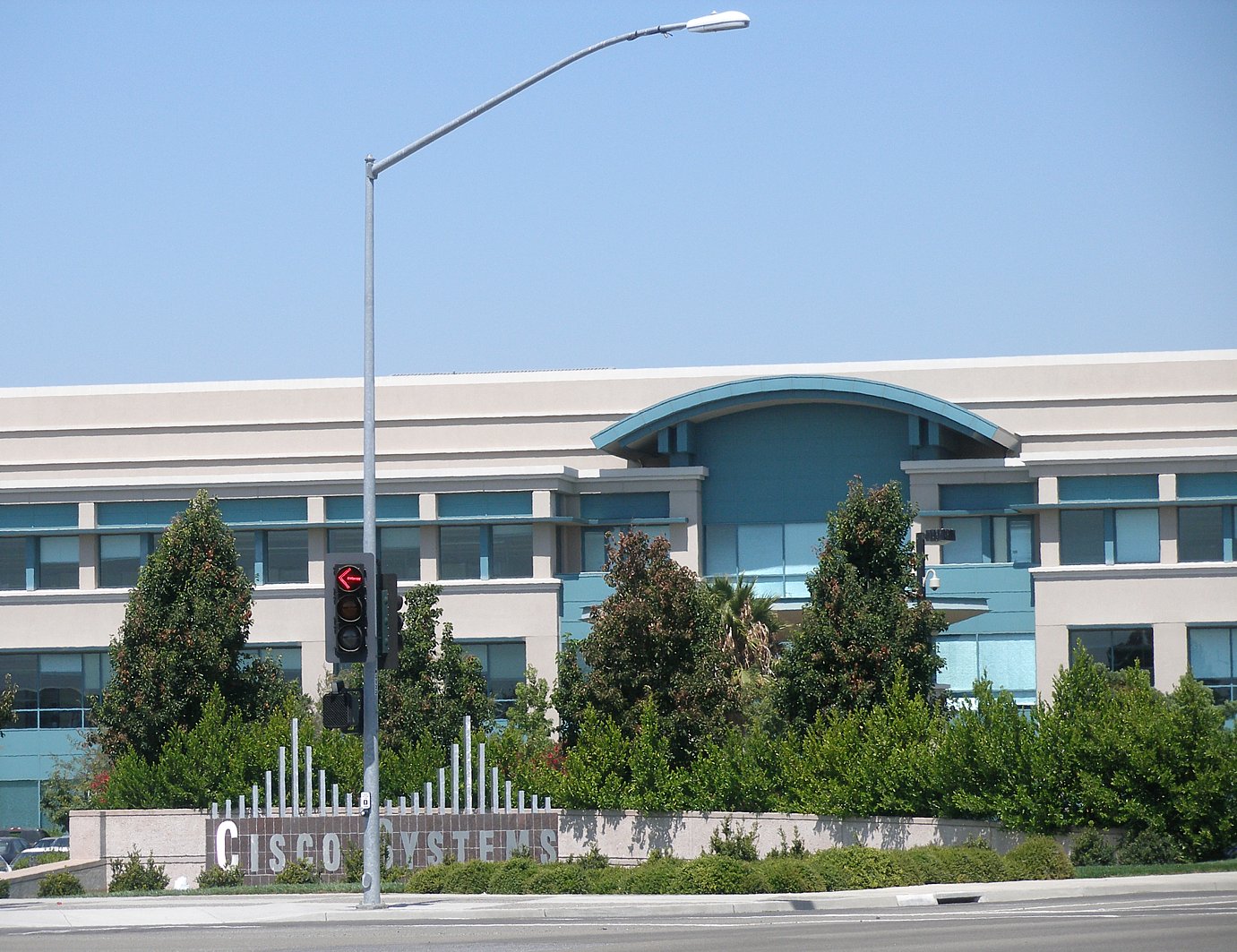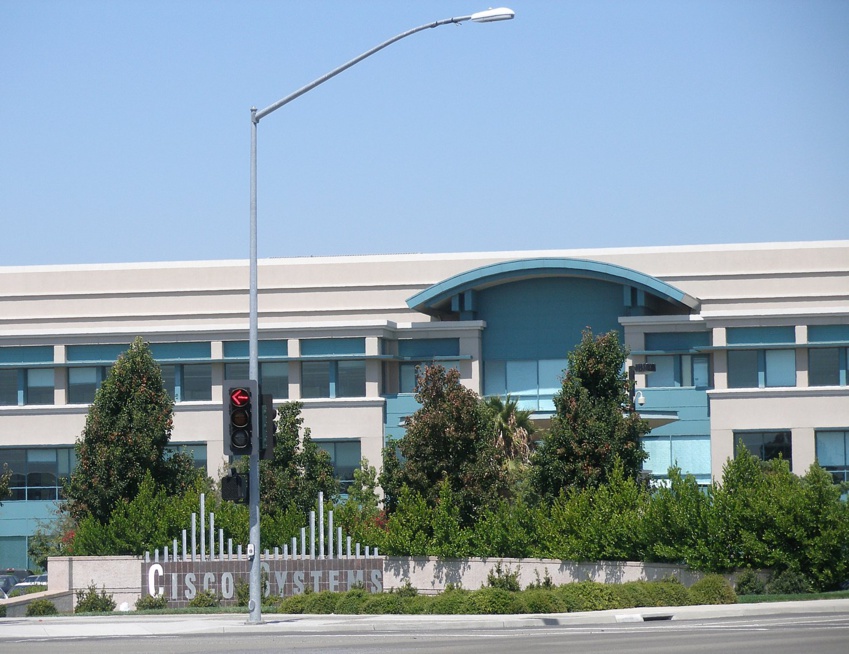In the realm of development work, data is typically gathered through a methodical process. Let us consider a scenario where a project is launched to increase the income of small-scale farmers or provide safe water access to a particular region.
To gauge the impact on the affected communities, enumerators are dispatched to gather data. Based on the results, interventions are implemented to improve outcomes and bring about positive change. Towards the end of the program, enumerators are deployed once more to collect data and track progress. However, what if we could supplement this conventional approach to data collection with real-time input from the field, rather than just gathering baseline data at the start and end of a program? What if, instead of going door-to-door to gather data, community members had a platform to share information about their needs and challenges? What if data collection could serve as a means for ongoing community involvement?
With the generous support of the Cisco Foundation, we have been developing technologies to make this vision a reality. While Unstructured Supplementary Service Data (USSD) and phone-based data collection are often viewed as cost-effective alternatives to in-person data collection in situations where field access is limited due to health or security emergencies, these technologies should be seen as complements to traditional field data collection. The advantages extend beyond reduced costs and security risks.
Traditionally, enumerators are dispatched into the field to locate respondents and gather data. This approach has distinct advantages, such as enabling enumerators to observe firsthand what is happening on the ground, resulting in comprehensive, high-quality datasets for project managers. However, there are also significant downsides.
In-person data collection requires extensive resources and is therefore periodic. The lack of continuous and timely data often means that interventions are disconnected from the realities on the ground. Field-based data collection merely provides snapshots of the current situation, rather than providing ongoing feedback that would enable program managers to fill in context and adjust strategies based on evidence.
To paint a more complete picture, a hybrid approach combining remote and in-person data collection could be employed. Remote data collection could give program managers a broad understanding of the problem, while in-person data collection could be employed to focus on potential problem areas.
Alternatively, in-field data collection could be conducted annually, with remote data collection filling in gaps and providing continuous context. This would enable program managers to track change as it happens, resulting in more timely responses, targeted interventions, and better outcomes.
In-person data collection can also be physically demanding. The associated logistical challenges may lead to enumerators collecting data from only ten people in one village while missing the surrounding five, resulting in a biased sample. Remote data collection offers the potential to exceed the sample size, reaching a much wider geographical area with significantly fewer resources.
Finally, in-person data collection makes it difficult to identify local change makers in the community and raises questions about data ownership. What incentives do respondents have to give away their time and data? Does the data still belong to them? And how is the data fed back to the community, if at all? Innovations in remote data collection technology could enable a more citizen-centered approach.
Example in Kenya
Akvo has implemented an innovative system in Kenya that enables surveys to be distributed, accessed, and responded to via radio and text messaging. This system was developed in collaboration with county governments of Kajiado, Laikipia and Kwale, Central FM Kenya Radio, and Africa's Talking, a local USSD aggregator. A joint Application Programming Interface (API) integration was created by Akvo and Africa's Talking, which allows surveys to be completed via text message instead of a mobile surveying application. Central FM Kenya Radio was also involved in this initiative, as they helped to establish a broadcasting schedule for USSD codes, analyzed and interpreted data alongside Health Authority Officials, and disseminated survey results.
In order to increase community participation, radio DJs who interviewed representatives from the Kenya Water for Health Organization were trained to process data and broadcast USSD codes to their listeners. Whenever a survey was announced, the DJ would explain that responses would be automatically sent to county databases and that live data visualizations would be updated. The DJs actively distributed survey codes, monitored incoming responses, updated live data visualizations, interpreted results in collaboration with Health Officials, and shared updated information with the community regarding two key areas: integrated water management and gender-based violence.
This innovative approach enables organizations to engage with the community directly, soliciting input on issues ranging from water facilities and healthcare to food security and beyond. The approach offers numerous advantages, including:
To gauge the impact on the affected communities, enumerators are dispatched to gather data. Based on the results, interventions are implemented to improve outcomes and bring about positive change. Towards the end of the program, enumerators are deployed once more to collect data and track progress. However, what if we could supplement this conventional approach to data collection with real-time input from the field, rather than just gathering baseline data at the start and end of a program? What if, instead of going door-to-door to gather data, community members had a platform to share information about their needs and challenges? What if data collection could serve as a means for ongoing community involvement?
With the generous support of the Cisco Foundation, we have been developing technologies to make this vision a reality. While Unstructured Supplementary Service Data (USSD) and phone-based data collection are often viewed as cost-effective alternatives to in-person data collection in situations where field access is limited due to health or security emergencies, these technologies should be seen as complements to traditional field data collection. The advantages extend beyond reduced costs and security risks.
Traditionally, enumerators are dispatched into the field to locate respondents and gather data. This approach has distinct advantages, such as enabling enumerators to observe firsthand what is happening on the ground, resulting in comprehensive, high-quality datasets for project managers. However, there are also significant downsides.
In-person data collection requires extensive resources and is therefore periodic. The lack of continuous and timely data often means that interventions are disconnected from the realities on the ground. Field-based data collection merely provides snapshots of the current situation, rather than providing ongoing feedback that would enable program managers to fill in context and adjust strategies based on evidence.
To paint a more complete picture, a hybrid approach combining remote and in-person data collection could be employed. Remote data collection could give program managers a broad understanding of the problem, while in-person data collection could be employed to focus on potential problem areas.
Alternatively, in-field data collection could be conducted annually, with remote data collection filling in gaps and providing continuous context. This would enable program managers to track change as it happens, resulting in more timely responses, targeted interventions, and better outcomes.
In-person data collection can also be physically demanding. The associated logistical challenges may lead to enumerators collecting data from only ten people in one village while missing the surrounding five, resulting in a biased sample. Remote data collection offers the potential to exceed the sample size, reaching a much wider geographical area with significantly fewer resources.
Finally, in-person data collection makes it difficult to identify local change makers in the community and raises questions about data ownership. What incentives do respondents have to give away their time and data? Does the data still belong to them? And how is the data fed back to the community, if at all? Innovations in remote data collection technology could enable a more citizen-centered approach.
Example in Kenya
Akvo has implemented an innovative system in Kenya that enables surveys to be distributed, accessed, and responded to via radio and text messaging. This system was developed in collaboration with county governments of Kajiado, Laikipia and Kwale, Central FM Kenya Radio, and Africa's Talking, a local USSD aggregator. A joint Application Programming Interface (API) integration was created by Akvo and Africa's Talking, which allows surveys to be completed via text message instead of a mobile surveying application. Central FM Kenya Radio was also involved in this initiative, as they helped to establish a broadcasting schedule for USSD codes, analyzed and interpreted data alongside Health Authority Officials, and disseminated survey results.
In order to increase community participation, radio DJs who interviewed representatives from the Kenya Water for Health Organization were trained to process data and broadcast USSD codes to their listeners. Whenever a survey was announced, the DJ would explain that responses would be automatically sent to county databases and that live data visualizations would be updated. The DJs actively distributed survey codes, monitored incoming responses, updated live data visualizations, interpreted results in collaboration with Health Officials, and shared updated information with the community regarding two key areas: integrated water management and gender-based violence.
This innovative approach enables organizations to engage with the community directly, soliciting input on issues ranging from water facilities and healthcare to food security and beyond. The approach offers numerous advantages, including:
- Raising awareness of the problem by broadcasting it through media channels.
- Collecting data periodically through broadcasting at a much lower cost than traditional methods.
- Identifying community members who are actively involved and interested in addressing community issues, rather than relying on outreach efforts to engage them.
- Offering incentives to encourage continuous and timely data input through gamification or other methods.
- Providing feedback directly to the community, empowering them to be aware and involved in the problem and offering opportunities to contribute to solutions.
With the support of the Cisco Foundation, we have piloted this approach in various sectors and contexts, and are now scaling up efforts to support an additional 10 partners (government and organizations) this year with crowdsourcing solutions such as USSD. This demonstrates how traditional data collection methods in the development sector can be transformed to yield better results.
We are steadfast in our pursuit of discovering optimal methodologies, obstacles, and prospects in this domain, backed by both fiscal and technical guidance from the Cisco Foundation.


 Revolutionizing Data Collection in Kenya with Radio and Text Messaging Surveys
Revolutionizing Data Collection in Kenya with Radio and Text Messaging Surveys





 Companies
Companies